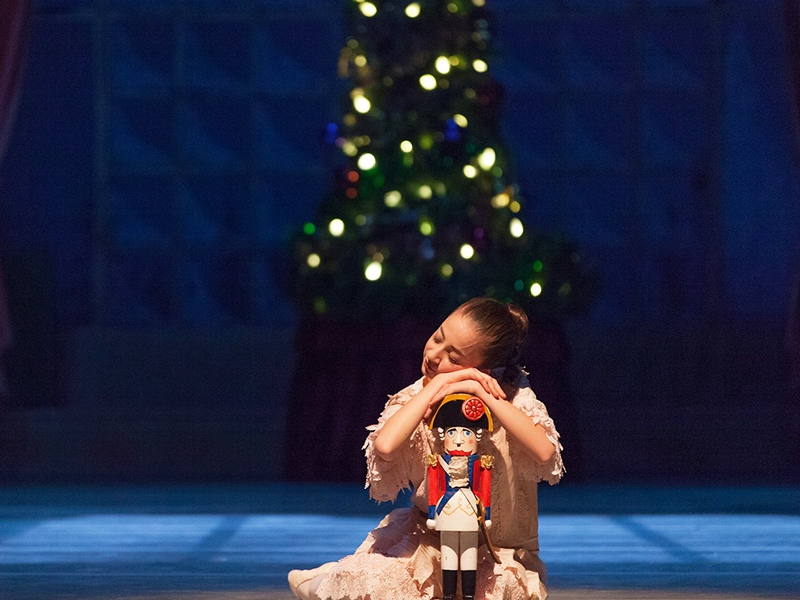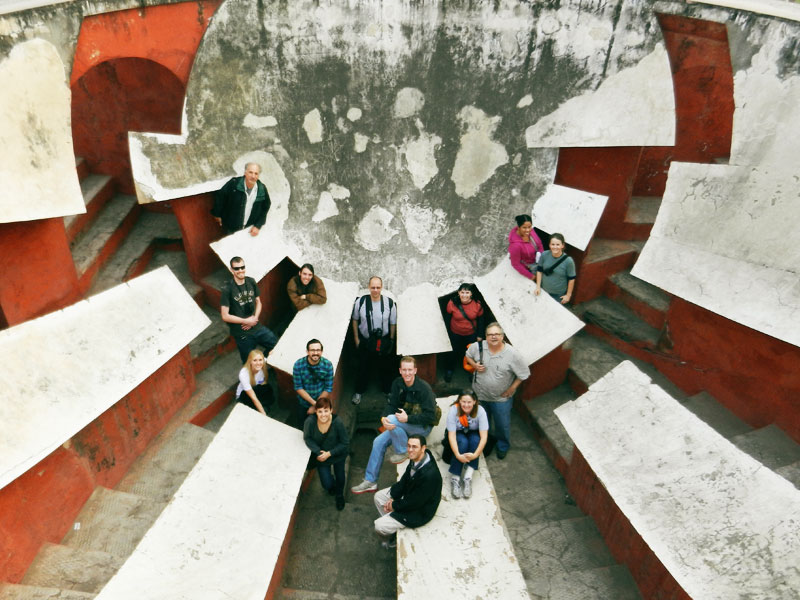
8 key rules for efficient management of cultural projects

Tim Williams, Team Leader, EU-Eastern Partnership Culture and Creativity Programme
Project Logical Framework
This tool can encapsulate your whole organisation on a single page. The document is the result of a consultation process that will force you and all the people working in your organisation to interrogate what you do; the impact of your work and how it contributes to your organisations overall goals. If done collaboratively with all staff it will mean everyone will be engaged, but also gives everyone a shared and clear logic on all decisions. The document tests those nice ideas and proposals that don’t quite fit your daily operations and allows you to easily drop things that do not fit your organisational focus.
Inspirational Vision
You have to have a clear, simple and realistic vision of what the organisation can achieve. An organisation will probably only do one new thing a year - so make it count. Let the vision tell a story about the organisation. This vision has to have its own life and be an inspiration to those who work in an organisation. People have to understand where they are going. This will help them to contribute to the vision and take on some of the collective responsibility, or come up with exciting ideas. This vision also helps people to identify and collect relevant evidence of success on that journey.
Clear organisational structure
Everyone likes to understand where they fit. If work teams have unclear structures they tend to collapse. You don’t necessarily need organograms. You can use a responsibility table (search online for RASI) to take a complicated or problematic activity, and to break that task down step by step. Just ask everyone what they think their level of responsibility is. You will soon see where the problem lies. Either people will overlap in their duties, or there will be an important stage where no-one takes responsibility.

Ragnar Siil, Cultural and Creative Sectors Specialist, EU-Eastern Partnership Culture and Creativity Programme
Focus on the desired impact of the project
Too often we are only concerned with direct results of our activities and we do not pay too much attention to the wider impact of what we do. If cultural and creative operators want to strengthen their position in the society, they need to show that their activities have a long-term impact on people’s lives, on the future of the cities and regions, etc. For example, we know from the European experience, that organising cultural festivals in regions can generate direct economic results for many related companies. This means that there is a need to develop better data collection and analysis methods to measure the long-term impact of culture and creativity.
Encourage spillover effects
In addition to the artistic value, culture and creativity hold a key to solving some of the most important challenges our world is facing - ageing population, conflict-resolution, immigration and integration, environmental footprint, etc. Creativity is a key ingredient in fostering innovation and entrepreneurship, it helps to shape education systems for the future, and much more. To encourage spillover effects, try to bridge different sectors and work across disciplines, mix different expertise, backgrounds, ages; work with other artists, policy makers, industries.
Internationalise, internationalise, internationalise
Being well connected across borders has a number of valuable benefits, including a possibility to learn from good practice from other countries, apply to cross-border funding mechanisms, e.g. Creative Europe, involve foreign experts in development activities, use international networks to share the information and find new markets for your products and services. In most of the cultural and creative sectors there are well functioning European-wide networks, associations, and organisations, which are often open for partner organisations from Eastern Partnership countries and which are actively looking for new partners from this region.

Anastasiya Nurzhynska, Communication Specialist, EU-Eastern Partnership Culture and Creativity Programme
Communication instead of information
Do not just spread information about your project but think about what, why and to whom you are communicating. It means that you will need to target and to tailor information. Explore how your target audience receives information and what does attract your audience. Speak with your audience the same language, use examples of real people and explain the impact of your activities.
Together with a strategy for your organization or project, prepare the communication plan. It will help you to structure and to plan your PR activities.
Spend at least one lunch per week with a journalist or one of your stakeholders. Individual contact and networking will inspire you and will help to get feedback.
Speak (and listen) to your team
Your team is the main brand ambassador of your project. It is also your key resource. Start with establishing mission and values of your organization that members of your team will share. Develop regular flow of information, ideas, and knowledge in your organization. In addition to the team meetings, you can introduce 1-2 hours workshop (weekly/monthly) by one of your staff around his/her professional specialization (combined with pizza).




